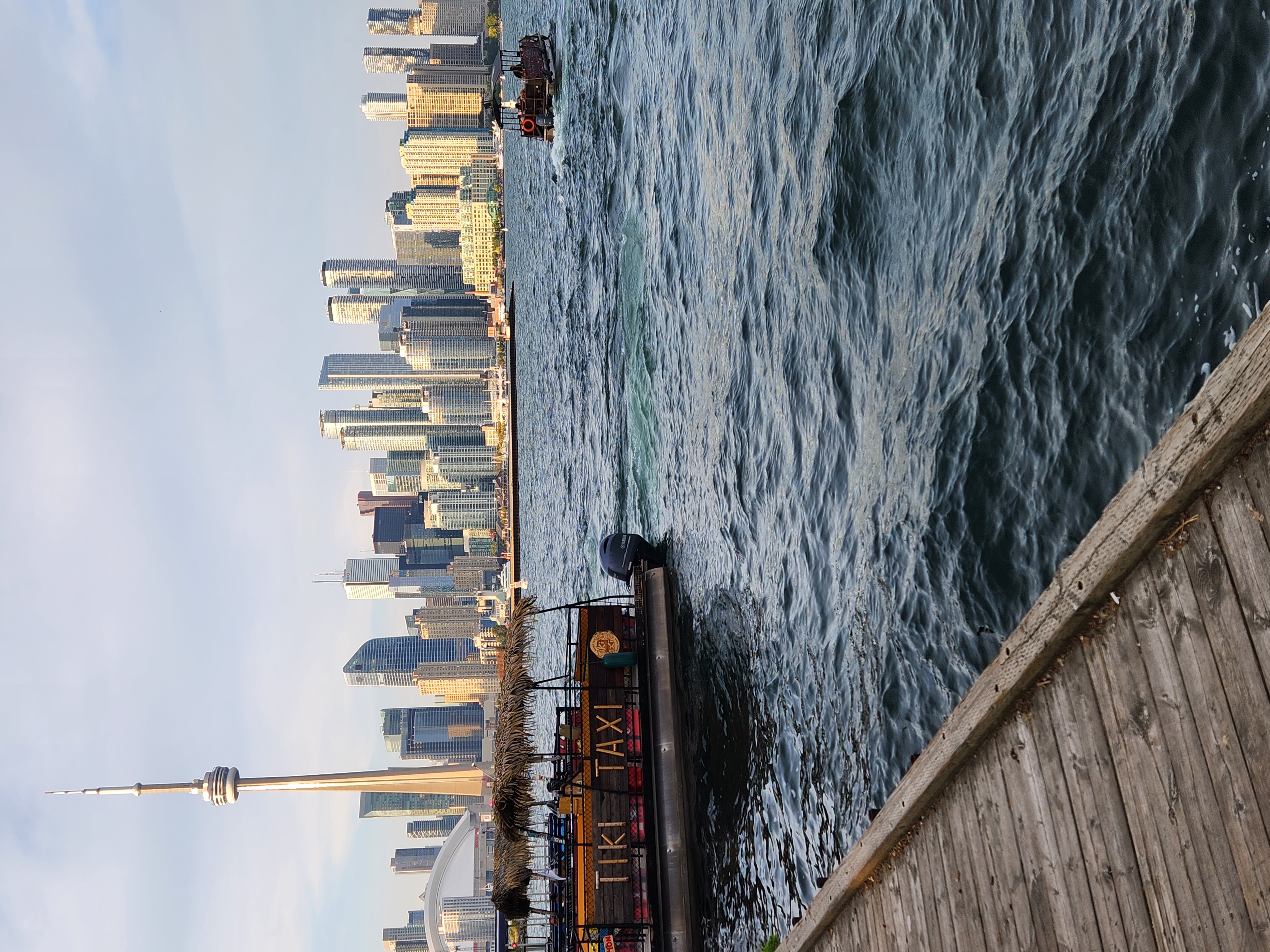Toronto, Canada’s largest city and economic engine, continues to face growing pressure from chronic traffic congestion, long commute times, and a population that shows no signs of slowing down. With nearly 3 million residents in the city proper and over 6 million in the Greater Toronto Area (GTA), the city’s infrastructure is straining to keep pace. One of the most promising solutions to this mounting urban challenge is expanding Toronto’s subway network, a move that has the potential to dramatically reduce road traffic, improve commute efficiency, and enhance overall quality of life.
The Traffic Problem in Toronto
Toronto drivers spend an average of 118 hours per year stuck in traffic,
placing the city among the most congested in North America. The Gardiner
Expressway and Don Valley Parkway, two key arteries, regularly grind to a halt
during peak hours. Meanwhile, surface-level public transit (buses and
streetcars) often gets caught in the same gridlock, leaving commuters
frustrated and late.
The root cause? An over-reliance on personal vehicles and an
underdeveloped high-capacity transit network, especially in underserved areas
of the city’s east and north. This is where subway expansion becomes not just
beneficial, but essential.
How Subway Expansion Helps Reduce Traffic
Shift from Cars to Public Transit
Expanding the subway network increases the accessibility and
convenience of public transportation. When people have fast, frequent, and
reliable alternatives to driving, many will
naturally switch to subways for their daily commute. This modal shift results
in fewer cars on the road.
Faster Commutes Across the City
Subways bypass street traffic, offering consistent travel times regardless of
weather or rush hour conditions. A well-connected network, like the, upcoming
Ontario Line, Eglinton Crosstown (Line 5), and Scarborough Subway Extension,
can drastically cut cross-town travel time.
Increased Capacity and Reach
Subways can transport tens of thousands of passengers per hour—far more than
buses or even LRTs. The more areas that are served by subway, the
more people who can leave their cars at home.
Economic and Environmental Benefits
Fewer vehicles on the road lead to reduced greenhouse gas
emissions, cleaner air, and lower transportation costs for individuals and the
city. Over time, investment in subways also
boosts local economies and increases property values around stations.
Global Cities That Did It Right
Toronto is not alone in facing urban congestion. Many major cities have
invested in subway systems to combat traffic—and have seen incredible success.
1. Tokyo, Japan
Tokyo boasts one of the world’s most efficient and extensive subway networks,
carrying over 8 million passengers daily. Despite being one of the largest
cities globally, Tokyo maintains relatively smooth traffic, largely due to its
excellent public transit options.
2. London, UK
The London Underground ("the Tube") serves over 270 stations across
11 lines, with daily ridership surpassing 5 million. Its far-reaching network
allows commuters from suburbs and outskirts to access central London quickly
and efficiently, reducing reliance on cars.
3. Seoul, South Korea
Seoul’s subway is affordable, ultra-connected, and integrates seamlessly with
buses and national rail. The system’s coverage is so vast that nearly every
part of the city is within walking distance of a station. Traffic in Seoul is
still busy, but would be unmanageable without the subway.
4. New York City, USA
Despite aging infrastructure, NYC’s subway still provides over 3 million daily
rides. Without it, Manhattan’s roads would be in complete gridlock.
Toronto’s Path Forward
With bold projects like the Ontario Line, Line 5 Eglinton, and the Yonge North
Subway Extension already underway, Toronto is finally making major moves.
However, success depends on execution, funding, and long-term political will.
To fully benefit, the system must be well-integrated with other transit modes
and reach into suburban areas where car dependency is highest.
Conclusion
Expanding Toronto’s subway system is one of the most effective tools to reduce
traffic congestion, support population growth, and meet the city’s climate
goals. By learning from successful global transit models and making smart
investments today, Toronto can build a future where getting across the city is
faster, cleaner, and more sustainable, for everyone.














